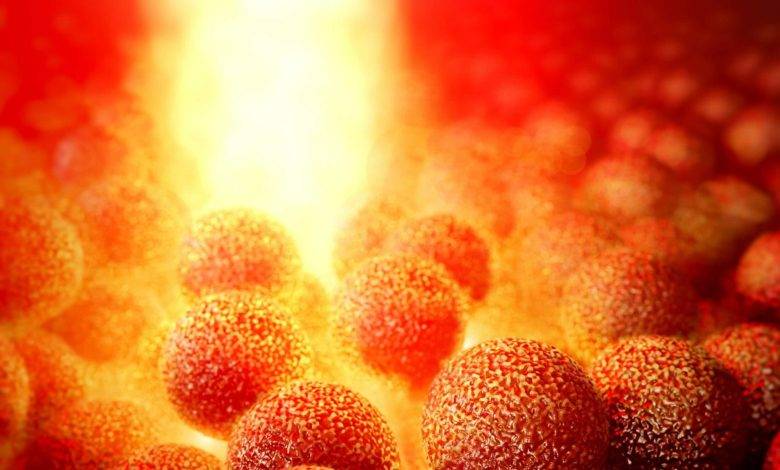Researchers at Lawrence Livermore National Laboratory (LLNL) have developed a technique that enhances the optical absorptivity of metal powders used in 3D printing. This breakthrough, achieved by creating nanoscale surface features on metal powders, promises improved efficiency and quality, especially for challenging materials like copper and tungsten.
In laser powder-bed fusion (LPBF) metal 3D printing, metals like copper are highly reflective, often leading to inefficient energy absorption and even machine damage. To address this, LLNL, in collaboration with Stanford University and the University of Pennsylvania, introduced a wet chemical etching process that modifies powder surfaces. This technique forms nanoscale grooves that increase absorptivity by up to 70%, enabling more effective energy transfer during laser melting. These findings, which were published in the journal Science Advances, demonstrate the potential for reducing energy consumption in 3D printing and expanding its accessibility for complex materials.
Philip DePond, LLNL materials scientist and co-lead author, explains, “With our method, high-quality pure copper metal AM is now feasible with standard commercial laser-based machines, without compromising the material’s desirable properties like high conductivity.” DePond emphasized that the approach widens the process parameter window, allowing for varied scanning conditions essential for complex geometries.
This wet-etching method, which immerses powders in a solution to create intricate nanoscale structures, is straightforward but highly effective. To validate their findings, the research team used synchrotron x-ray nanotomography for detailed 3D imaging of the powders, providing insights into the electromagnetic effects of nanoscale modifications. Tests at LLNL’s Advanced Manufacturing Laboratory revealed that they could print copper and tungsten with lower energy—less than 100 J/mm³ for copper, significantly less than traditional methods—demonstrating a potential to cut energy costs and environmental impacts.
“By enabling even commercial machines with low laser power to print copper, we’re making this technology accessible to a larger community,” said Dan Flowers, LLNL’s Energy Security Program leader. He highlighted the potential impact on clean energy and decarbonization technologies through efficient copper printing.
Future research will explore the effects of nanoscale textures on multi-material powders that require different melting energies. Funded by the NSF, DOE’s Office of Science, and LLNL, this study lays the groundwork for more sustainable, affordable metal additive manufacturing, with significant benefits for industry and the environment.


